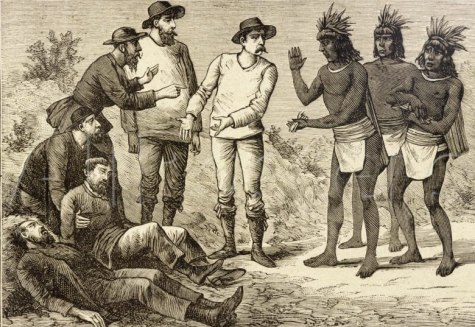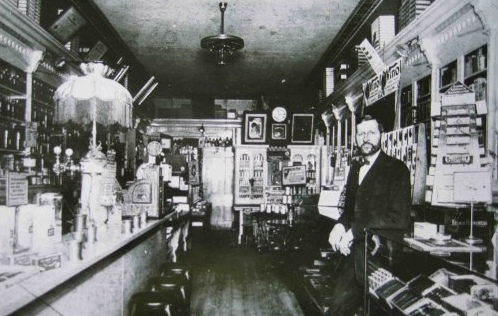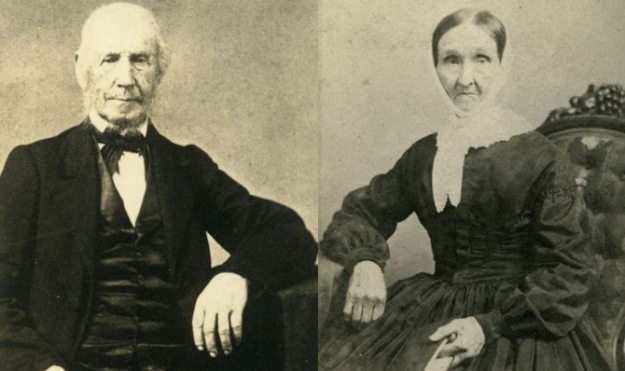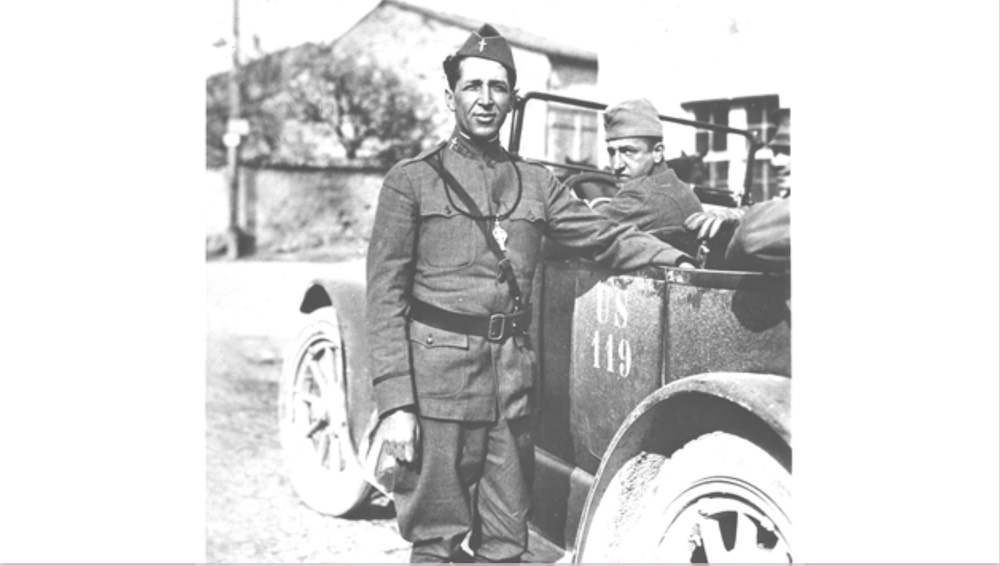The positive aspect of a financial boon to healing folks, was that one could make a substantial amount of money with remedies that actually worked. With this in mind, modern healers in the 17th and 18th century would begin to re-look at folk remedies that were centuries old and reconsider them – this was the precursor to today’s Research & Development departments and clinical studies.

If you could produce a medicine that would work for “all” in a city of tens of thousands, it wouldn’t take long to spread via word-of-mouth and for one to make substantial revenue from it.
The negative aspect is that because placebo and coincidence has always played some role, one could convince people that a remedy worked when in fact it didn’t. When you factor in that many are gullible, one simply needs to make sure it is promoted and marketed to net these groups, even if the remedy did not work. Often just making an outlandish claim with lots of bells and whistles would be enough for people to open their wallets.
Seems like much hasn’t changed since the 18th century, has it? Studies, research, trials, marketing, and promotion are inseparable elements of medicine today just as they were then. Driven by profit just like yesteryear. I could rail against Big Pharm, but that would be another article for another day.
Let’s move on to some of the more fascinating aspects of historical medicine!
Earliest Beginnings
It is always said that the very first explorers to the New World were arriving for profit, glory and gold. We are aware that they were looking for fame, recognition, “immortality,” fortune, spreading the “good” word, natural resources, etc. Often left out are the minor reasons for taking such a perilous journey across the Atlantic, one of those being the discovery of new herbs and plants for medicinal uses.
Tobacco stole the limelight and all the headlines in this department, but if you dig a little you’ll find that plenty of profit was made with Sassafras, Jesuit’s Bark from which quinine was extracted to treat Malaria, Guaiacum, and Peru balsam, amongst others.
 New Bedford Guide Your Guide to New Bedford and South Coast, MA
New Bedford Guide Your Guide to New Bedford and South Coast, MA








